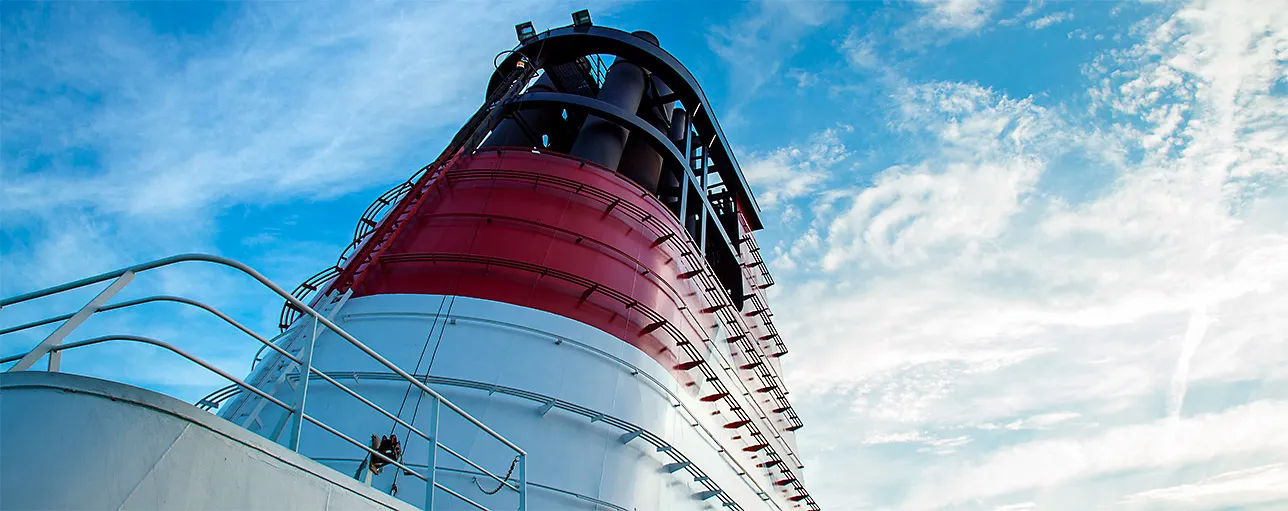Regional sulphur limits vary
The European Union Sulphur Directive stipulates a maximum of 0.10% sulphur content for ships in EU ports. In certain EU countries, the Water Framework Directive constrains the discharge of scrubber water. Belgium and Germany have prohibited the discharge of scrubber water in many areas, constraining the operation of open-loop scrubbers. Other EU countries may follow suit, with no common EU practice likely to be agreed.
In China, as of 1 January 2020 vessels operating in the Inland ECAs (Yangtze and Xijiang River) shall use fuel with a sulphur content not exceeding 0.10% sulphur. The same will apply within the Hainan Coastal ECA from 1 January 2022. In addition, discharging wastewater from scrubbers is banned within inland Emission Control Areas (ECAs), port waters and the Bohai Bay waters.
California’s Air Resources Board (ARB) enforces a 0.10% sulphur limit within 24 nautical miles of the California coast. The regulation does not allow any other compliance options than low-sulphur marine gas or diesel oil (DMA or DMB). A temporary research exemption may be granted, allowing the use of a scrubber. The application must be sent before entering California waters. After a formal review of the regulation, California legislators have decided to retain it as an addition to the ECA requirements. Both sets of regulations must be complied with when calling at port in California.
There is a general global trend of stricter local air pollution regulations coming into play.
